Mexico City Travel Tips – All You Need to Know Before Your Visit
Are you planning a trip to Mexico City and would like to learn more about it prior to your trip? If so, then in this Mexico City travel tips post you will find answers to common questions such as where to stay, how to stay safe during your visit and how best to get around this massive capital city based on our experience.
For reference, we spent 2 weeks in Mexico City and during this time we took many incredible day trips, tried a ton of Mexican food and really fell in love with the city.
If you’d like to see our Mexico City adventures then make sure to watch our YouTube video by clicking here. You can also check out our Mexico Playlist for more adventures.
Disclosure: This post may contain affiliate links, which means we may receive a small commission if you click a link and purchase something. Clicking these links won’t cost you anything, but it will help us to keep this site up and running! Learn more about our affiliate policy.

Introducing Mexico City, the Capital City of Mexico
Probably the best way to introduce you to Mexico City is to share some crazy and fun facts about it:
- Mexico City is both the capital and largest city of Mexico. In addition it’s also the most populous city in North America and the oldest in the Americas.
- Mexico was actually named after Mexico City.
- It’s located over 2,000m above sea level and actually sits on top of an old lakebed. Because of that, the city is currently sinking nearly 10 inches per year.
- Mexico City is one of the richest cities in the world. It contributes to more than 20% of Mexico’s GDP making it one of the most important financial centres in the world.
- The city has the largest Park in Latin America. Chapultepec Park is actually twice as big as Central park in New York City.
- Mexico City is also home to the largest university in the world called Universidad Nacional Autónoma de México (UNAM). The university is also the oldest in the Western Hemisphere.
- It has the second largest number of museums (over 180) after London, the capital city of the UK.
- It has the world’s cheapest and Latin America’s largest subway system. (One ride costs only 5 MXN!)
- In Mexico City, you can find Chapultepec Castle, the only royal castle in the Americas, as well as the largest number of palaces on the American continents.
- The city has not one but four UNESCO World Heritage Sites.
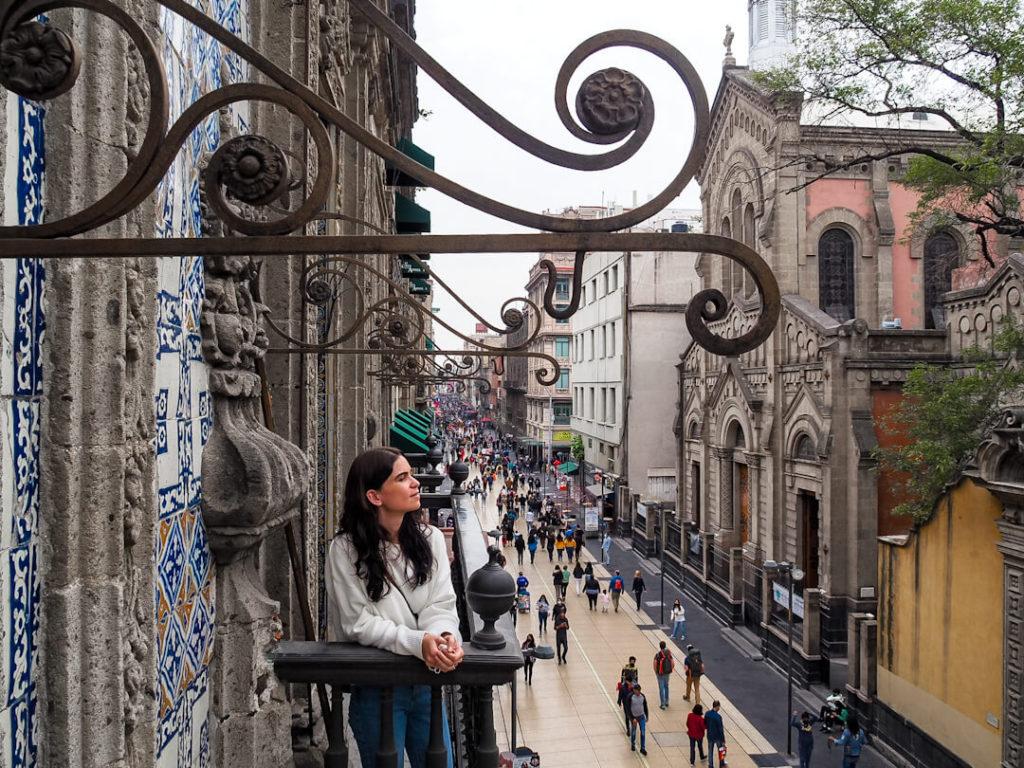
Is Mexico City Safe?
In short, my answer to this question is: yes. We felt safe during our visit.
However, there are a few health and safety precautions you should bear in mind before and during your travels around Mexico City.
(For more official safety advice please visit the Government’s website.)
Crime Related Mexico City Travel Tips
Just like in any densely populated city in the world crimes are not uncommon. Whilst we never felt unsafe in the city or travelling around it, here are a few safety tips based on our experience and research.
- Avoid walking, using public transport or driving late at night.
- Try to avoid using public transportation during rush hours. It’ll be super crowded and you’re more likely to get pickpocketed.
- Always put your valuables away when using public transportation or walking somewhere less touristy. Even in more touristy areas, I suggest keeping an eye on your valuables such as phones and cameras.
- You’ll see that many people wear their backpacks on their front on public transport and in more crowded places.
- Try to avoid wearing big branded clothes and accessories if you can. You’ll already scream tourist so you don’t want any more attention on you.
- Book your accommodation in safe neighborhoods, so you won’t have to worry about your belongings when you’re out exploring.
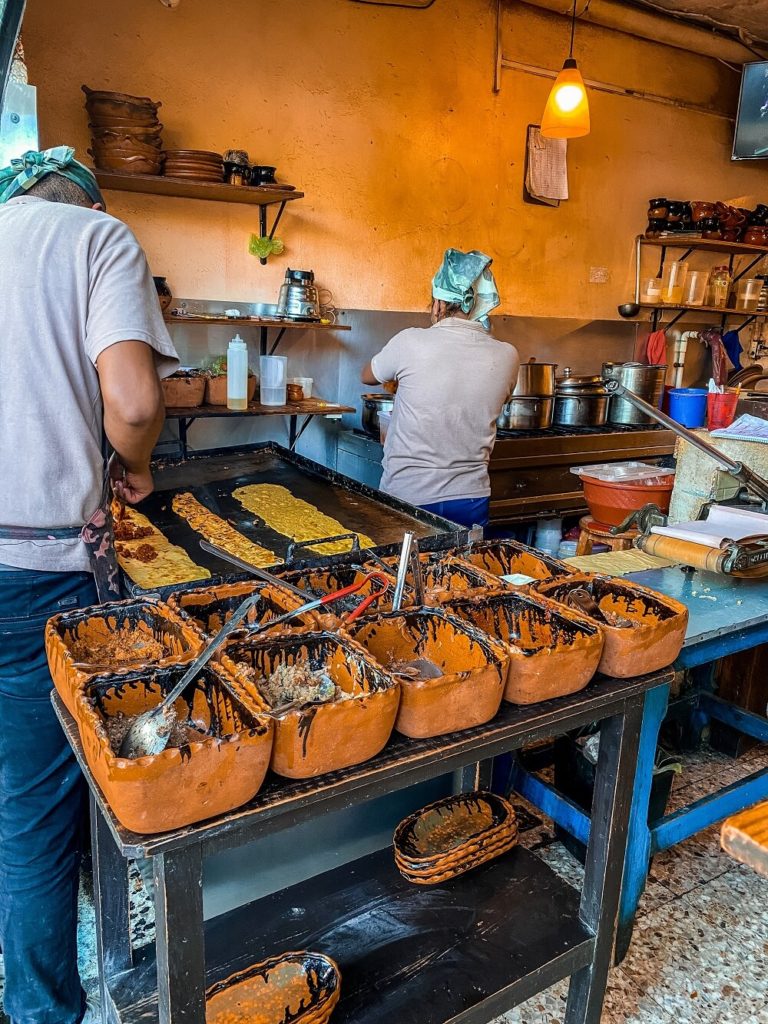

Health Related Mexico City Travel Tips
One thing you want to avoid on your holiday is getting sick, especially in a foreign country where you might not even speak the language. Here are a few of my personal health related tips to reduce the risk of getting ill.
- Avoid drinking the tap water. I suggest boiling your water, using a filtered bottle or buying bigger bottles of water (4 or 6 litres) and filling up a reusable water bottle. This will help you to reduce your plastic waste too.
- Whilst you should avoid tap water, make sure to actually drink enough purified water to avoid dehydration and other issues such as altitude sickness. My advice is to always have water on you.
- Don’t forget to use sun-cream. It’s hot even during the winter months and you want to protect your skin.
- Don’t be afraid to eat street food, but be cautious, especially with meat and salads. Normally if you see a lot of people eating at a stand you’ll be fine.
- Although basic hygiene, always wash or sanitise your hands before eating. You’ll be eating more with your hands in Mexico and you want to avoid eating germs.
- Sanitising is also a very important way to avoid Covid-19.
- Obviously with Covid-19, check the current rules of the state, but at the time of our stay we had to use masks everywhere including in the streets.
- Air pollution in the city is a big issue. The air quality is worse between March and June, so bear this in mind if you suffer from respiratory problems. (If you’re a contact lens wearer I recommend carrying eyedrops with you when out and about. It came in handy many times during the day.)
- There are many (MANY!) pharmacies in Mexico City where you can buy medicines so only bring your prescribed medication.
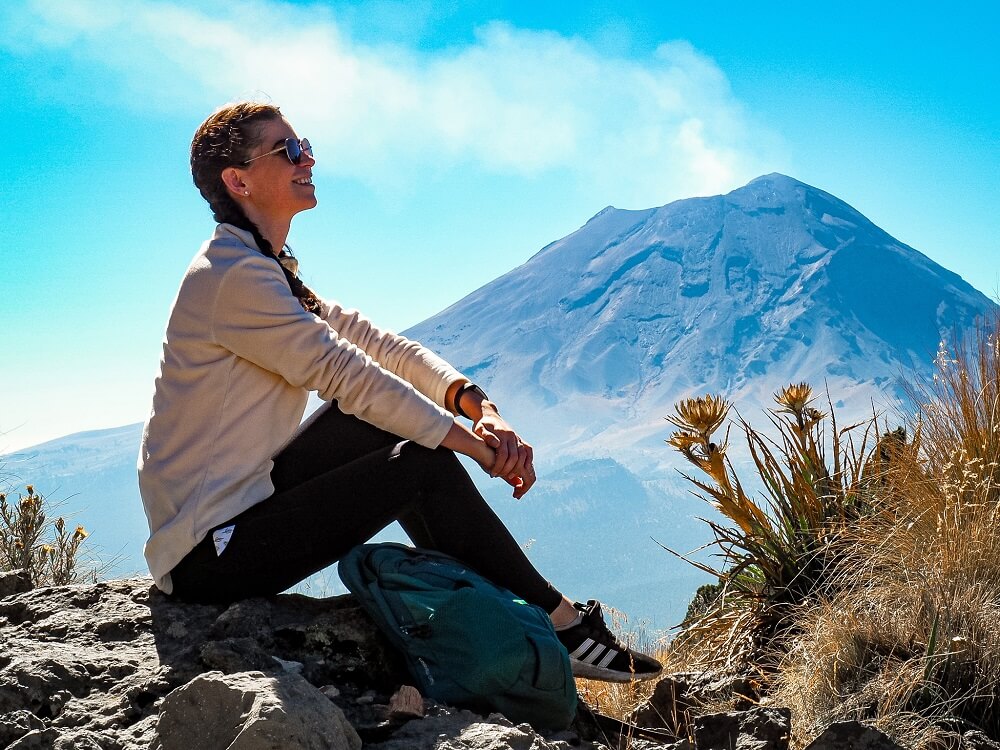
How to Avoid Altitude Sickness in Mexico City
Since Mexico City is located at 2,240 m (7,200 ft) above sea level, you can get altitude sickness.
Depending on where you’re coming from, you might not be acclimatised to high altitude when arriving to the capital. Personally, we acclimatised pretty quickly, but definitely felt the altitude when walking up stairs especially when we first arrived.
What are the symptoms of altitude sickness? – There are many, including dehydration, dizziness, headaches, shortness of breath and heavy breathing, loss of appetite, nausea and vomiting. It’s good to remember that anyone can develop altitude sickness and its symptoms can be less or more severe. Make sure to be extra cautious if you already have respiratory problems since the air quality can make your problems worse.
Things you should consider doing to avoid altitude sickness:
- Stay hydrated. Drink plenty of water (but avoid tap water). In addition, add electrolytes to your water or buy some electrolyte drinks that are sold everywhere in Mexico.
- Avoid alcohol and heavy food on your first day.
- Pick a more relaxing activity for your first day and avoid heavy exercising.
If you develop any symptoms of altitude sickness make sure not to ignore them and treat them by either taking paracetamol, ibuprofen or anti-sickness medicine. For more official advice about altitude sickness and treatments, I recommend consulting your GP or checking out health care websites.
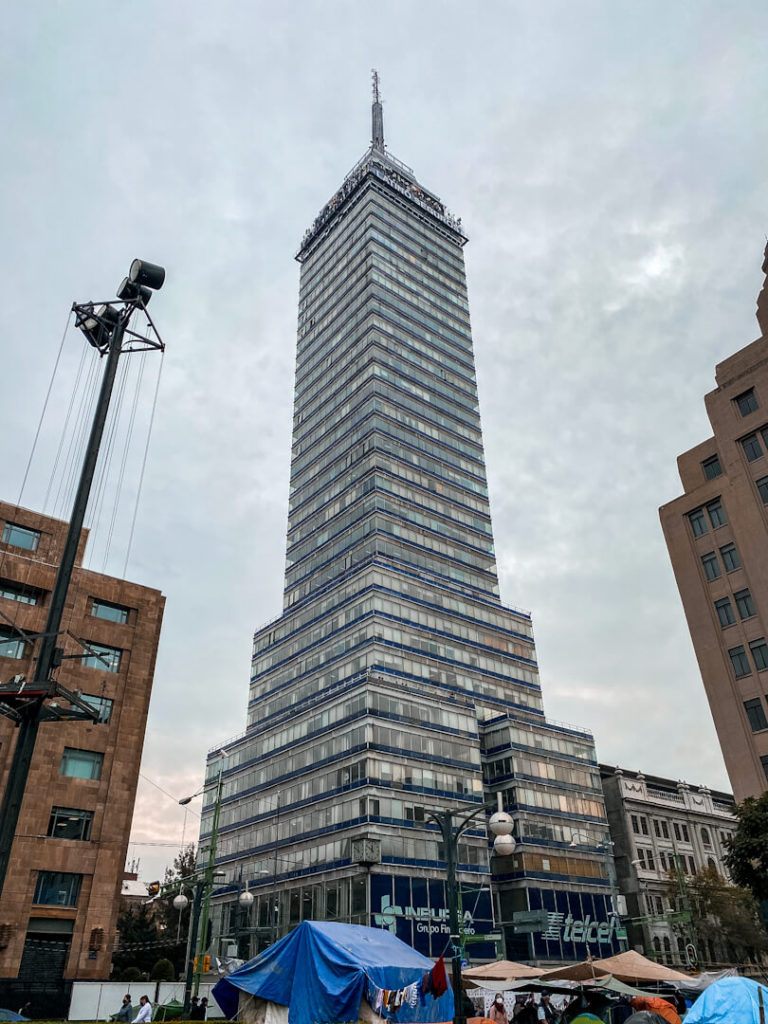

Natural Disaster Related Mexico City Travel Tips
Natural disasters are something you won’t be able to avoid if they occur during your stay. However, knowing what to do in case of an emergency can mean the difference between life and death in some cases.
Mexico City is located in a subduction zone which means that the city is prone to frequent earthquakes. It is even more vulnerable to earthquakes because it’s built on a lake bed which makes the ground under the city soft and wet. Now, when seismic waves come to the soft soil they get even stronger.
Did you know? The last major earthquake in Mexico City was a magnitude 7.1 which occurred on 19th September 2017. It was actually the 32nd anniversary of a magnitude 8.1 earthquake that happened in 1985 and killed thousands of people. Interestingly, the iconic Torre Latinoamericana building in the historic centre survived both quakes.
To warn residents about an earthquake, they use an alarm system called SASMEX (Seismic Alert System of Mexico). This gives people a 60 second warning of an earthquake. I recommend reading the US Federal Emergency Management Agency’s advice about what to do before, during and after an earthquake.
In addition to earthquakes, Popocatepetl volcano is also located in close proximity to Mexico City. The volcano is Mexico’s largest volcano and also one of the 48 active volcanoes in the country. It roared to life after being inactive for about 70 years. Since then it’s been closed off to the public and closely monitored by specialists. We actually took a day trip to Izta-Popo National Park, where you can get a closer look and/ or hike around the two volcanoes.
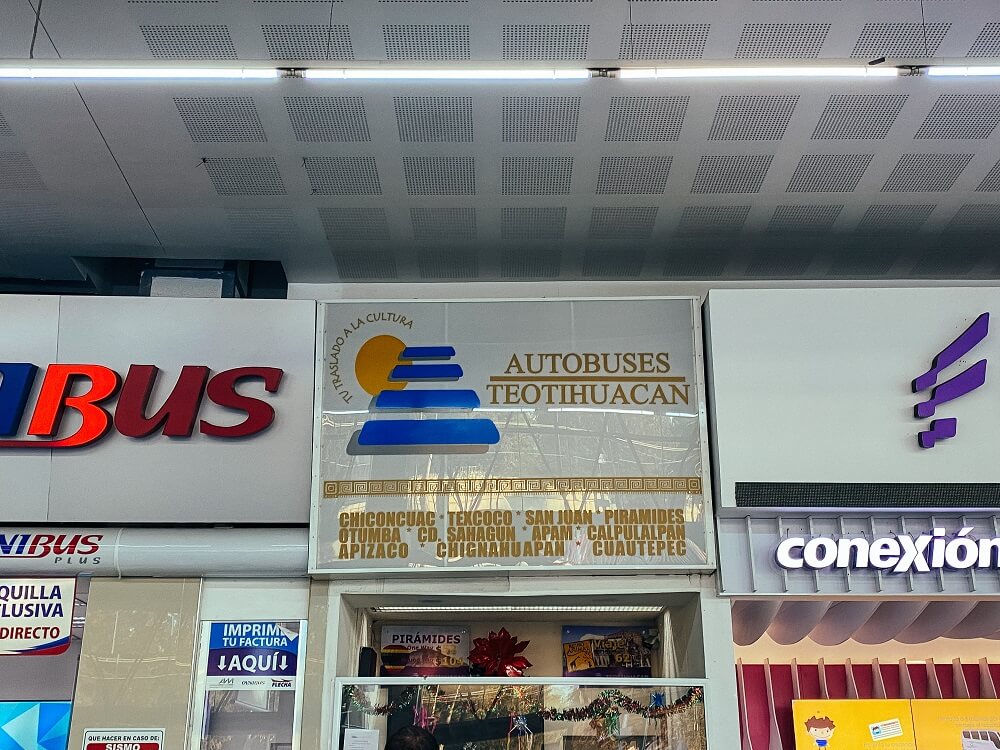
Do I Need to Speak Spanish in Mexico City?
My answer is Yes and No.
Being the capital and a very touristy city of Mexico, there will definitely be more English speakers than in less visited areas. However, speaking English is not a given like in many European countries for example. If you stay in one of the more popular areas, and visit some of the main tourist hotspots, you’ll likely be able to get by only using English.
As I mentioned before, we stayed in the city for two weeks and visited just as many less-touristy areas as touristy ones. To visit them we used plenty of public transportation, taxis and other local buses where we had to speak Spanish.
Therefore, my biggest advice is to learn some Spanish phrases based around ordering food, buying bus tickets, booking activities, asking for prices, and numbers. Don’t forget to download the Google Translate app too, which can be a lifesaver. Practicing a country’s native language is always nice and people will appreciate your efforts.
Top Tip. You can always ask the person if they speak English first, but come prepared in case they don’t.

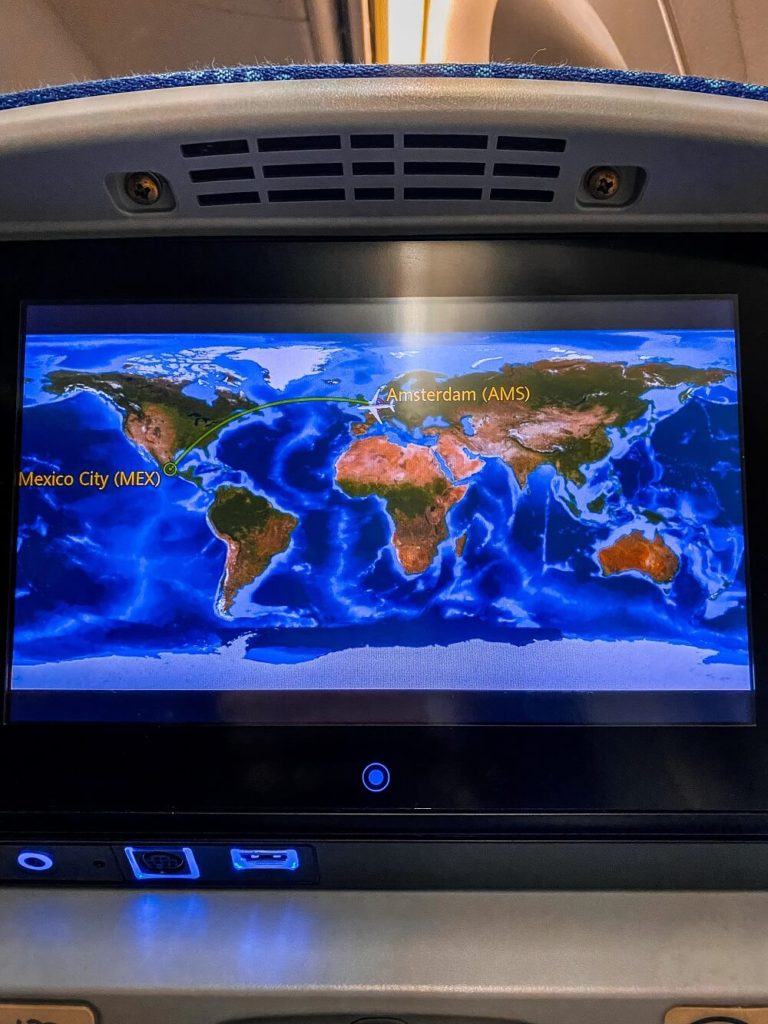
How To Get to Mexico City
Depending on whether you’re travelling internationally or just coming from a different city within Mexico, there are a few ways to reach Mexico City.
If You’re Coming from Abroad
By Plane
Obviously the easiest and least time consuming way to reach Mexico City is by flying. The airport is called Aeropuerto Internacional Benito Juárez and is Latin America’s busiest airport but it’s also the 33rd busiest airport in the world. Therefore, depending on where you’re coming from, there are many direct flights between Mexico City and the rest of the world.
From the airport you can take a taxi, book an Uber or take either the metro or bus into the city centre.
Find Flights to Mexico City✈️
By Car
Many people cross the Mexican border with their private vehicle if they come from the US. Whilst I have no personal experience or recommendations, there are plenty of useful blog posts about entering into Mexico with your own vehicle. I highly suggest doing thorough research to avoid any problems and extra costs. Driving across the country will take a while so I only suggest doing this if you’re planning on staying in Mexico for longer.
By Bus
If you’re coming from neighbouring countries, then you can opt to take an international bus to Mexico City too. Mexico City has 4 main bus stations: North, South, TAPO and Observatorio. These stations provide bus services across the entire country and also have international connections. Once again, a bus trip between countries will take a long time so I would only consider doing this if I wanted to stay in Mexico for longer or was on a very tight budget.
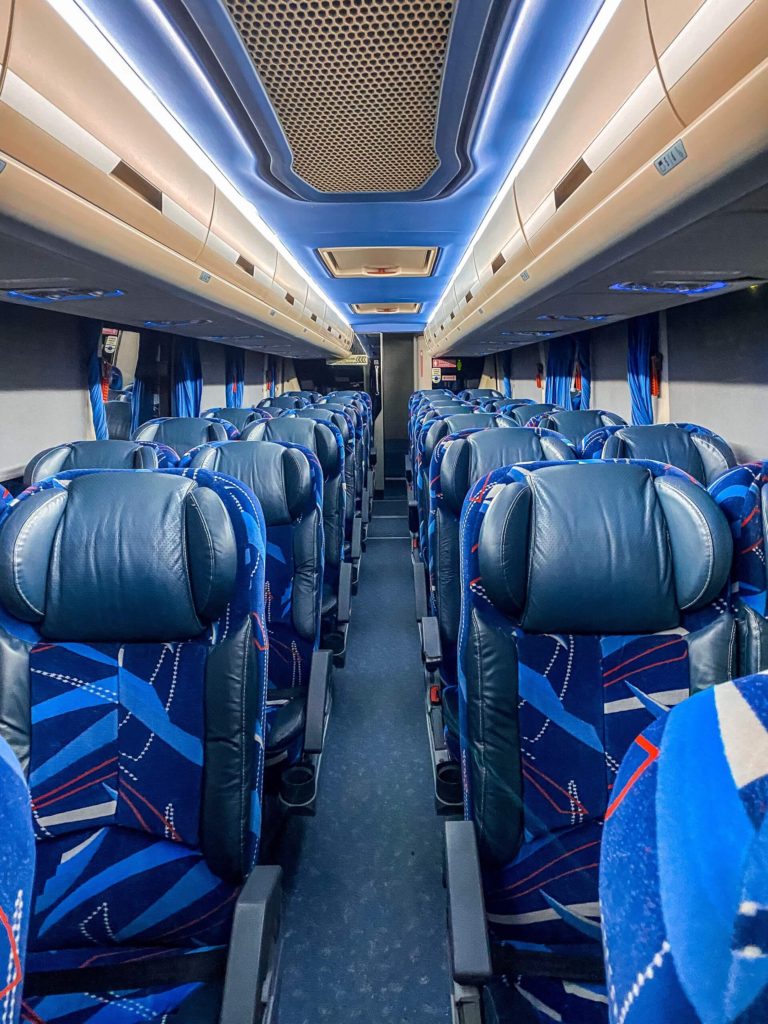

If You’re Coming from Another Part of Mexico
By Plane. Obviously the easiest and least time consuming way to reach Mexico City is by flying. Depending on where you’re coming from, there are many direct flights between Mexico City and other big cities such as Guadalajara and Cancun.
From the airport you can take a taxi, book an Uber or take either the metro or bus into the city centre.
By Car. If you’re already in Mexico but just travelling from a different city, then you can rent a car to reach the capital. For reference, we didn’t rent a car during our stay in Mexico. Whilst I have no personal experience, I read plenty of useful blog posts about everything you need to know about car rental in Mexico. Discover Cars has been recommended on multiple websites where you can find the best rates as it compares local, national and international companies.
I highly suggest doing thorough research to avoid any problems and extra costs.
By Bus. If you’re already in Mexico, then you can easily travel by bus between cities. Although it will take you longer to get to places, they are cheaper, surprisingly spacious and comfortable. These long-distance buses will always have toilets and internet.
Mexico City has 4 main bus stations: North, South, TAPO and Observatorio. These stations provide bus services across the entire country and also have international connections.
Click here for a detailed blog post about travelling in Mexico by bus.
Top Tip. A very useful website we use all the time when planning our longer trips between cities is Rome2rio and Busbud.
Please Note. In most cases you’ll have to show your passport and your Immigration Form when purchasing a bus ticket!
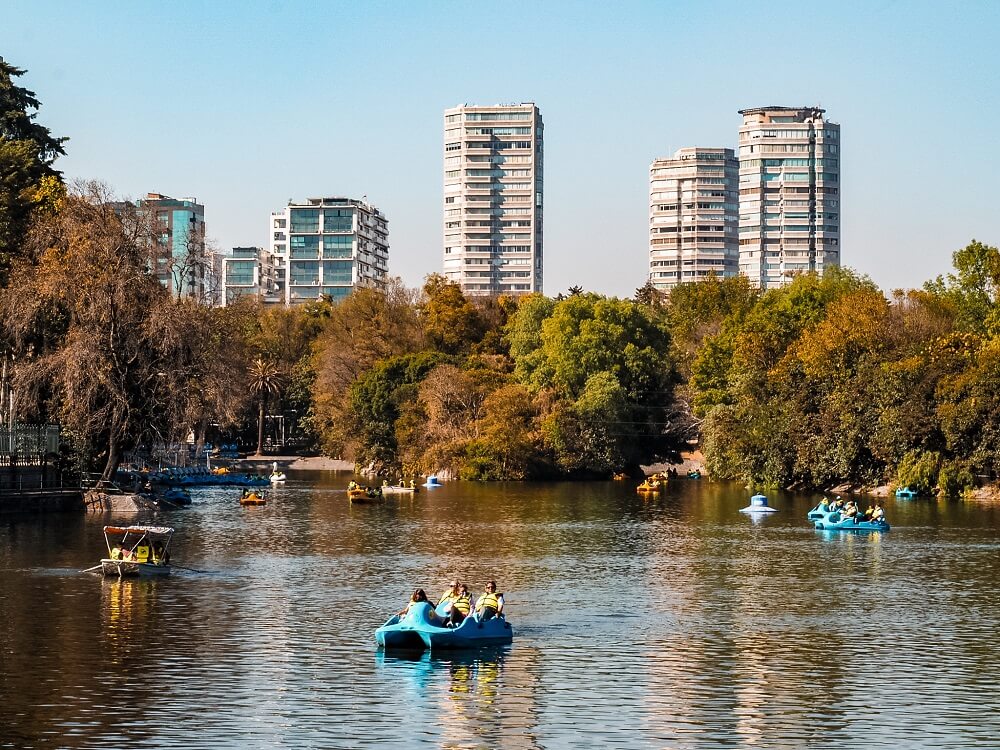
Where to Stay in Mexico City
Mexico City has plenty of safe districts but also many less-safe neighbourhoods for tourists. Many people stay in one of the following areas: Roma Norte, Roma Sur, Condesa, Reforma, Polanco, Coyoacan and Centro Historico.
You’ll find a lot of foreigners in these areas with plenty of cafés, bars and restaurants. Many of the main tourist attractions are also located in these neighbourhoods. For reference, we stayed on the outskirts of Condesa and we felt perfectly safe.
Based on my research prior to visiting Mexico City, it’s advised to avoid Doctores but especially Tepito neighbourhood.
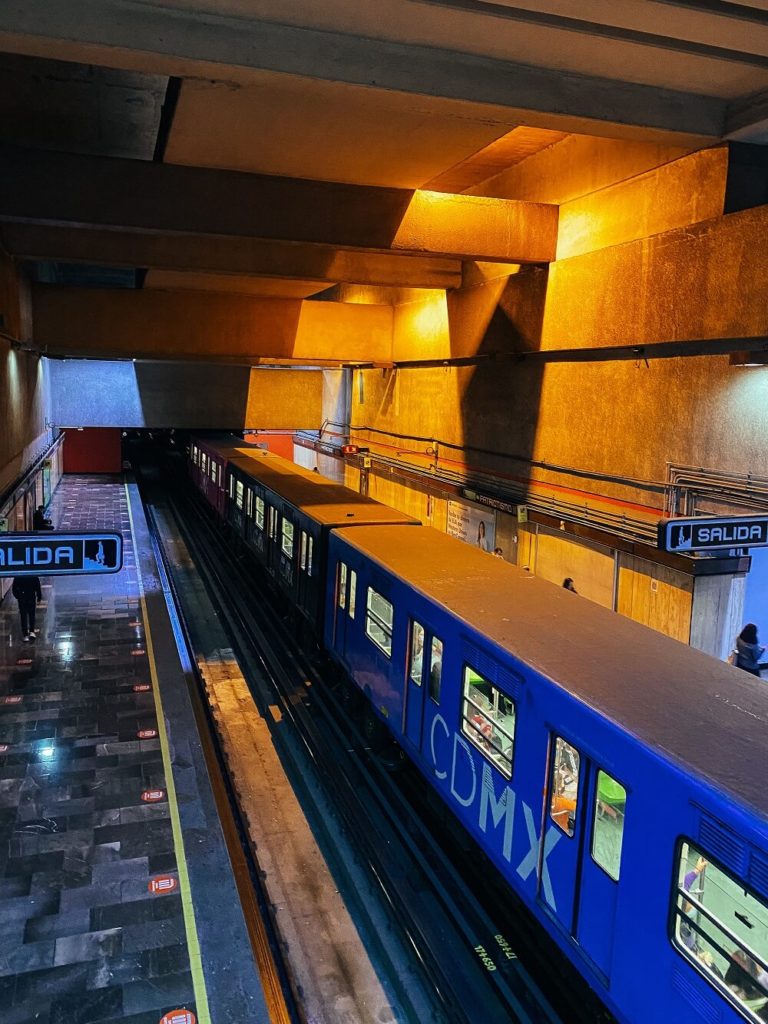
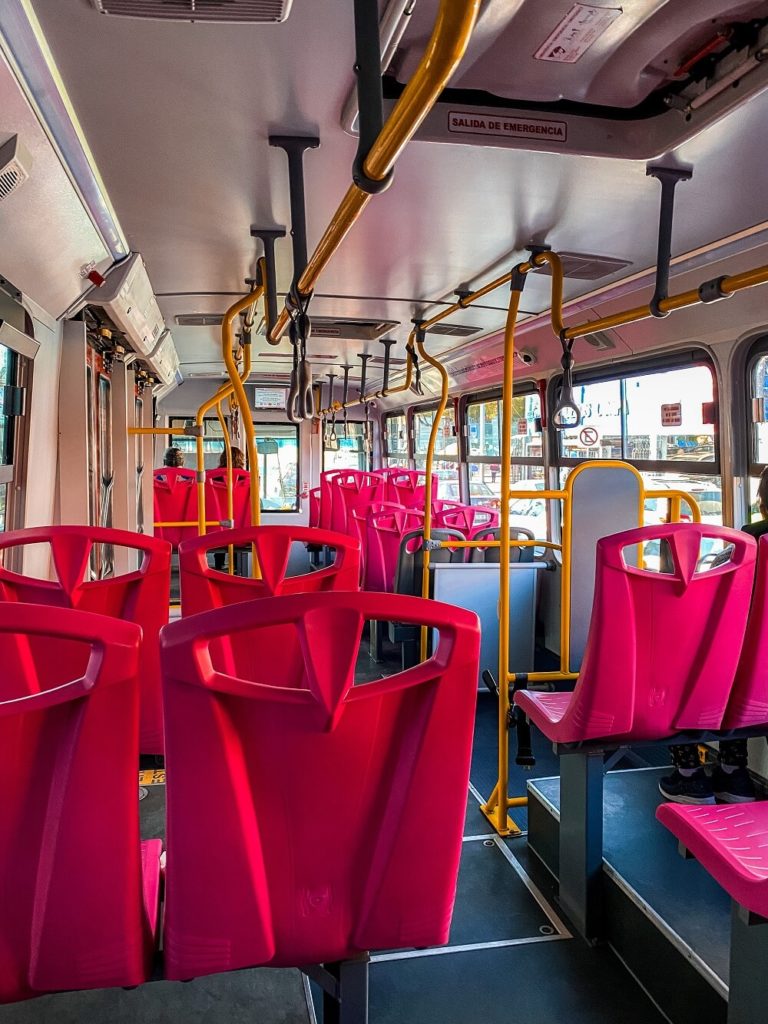
Best Ways to Move Around Mexico City
Public Transportation
METRO:
There are currently 12 different metro lines connecting Mexico City operated by Sistema de Transporte Colectivo (STC). It’s a super easy, fast and also environmentally friendly way to get around this huge city.
Before your first ride you’ll have to purchase a travel card called ‘Integrated Mobility Card’ which costs 15 MXN. Then you’ll just have to load it with money and can tap it to enter the station. One ride costs 5 MXN and you normally don’t have to pay again if you’re changing lines as long as you don’t leave the station. The cost of one ride makes Mexico City’s metro system one of the cheapest in the world.
Top Tip. You don’t have to buy more than one card when travelling together. We only bought one and it was perfectly fine. The card – as the name suggests – can also be used on other modes of transport such as Metrobus.
Safety Tip. At each station you’ll see a ‘Women and Children Only’ section and the metro will have separate carriages that are exclusively used by women and children under the age of 12. This is excellent if you’re a solo female traveller.
METROBUS:
When the metro won’t take you to your exact destination, you can transfer onto a Metrobus. This is Mexico City’s Bus Rapid Transit system, which means that you won’t be sitting in heavy traffic like you would in a private car. There are currently 7 Metrobus lines which are all connected with the metro stops. One ride costs 6 MXN and you can use the same travel card.
Top Tip. I would avoid taking the very local beaten up looking buses. They can be very confusing, hectic and even unsafe at times.
Safety Tip. Just like on the metro, the buses will also have exclusive ‘Women and Children Only’ sections.
Public Transportation Safety Summary. We never felt unsafe using any of the above modes of transportation. However, I would still be cautious, keep my belongings close to me and generally wouldn’t travel super late at night.
Private Vehicle
UBER:
Nowadays Uber is probably the most common way to move around in cities across the world. Uber in Mexico City can be relatively cheap, really depending on how far you’re travelling and the time of day. It’s easy to use and you can see how much your ride will cost before you book it.
Note. If you’re doing a longer trip across the city, drivers might cancel your trip especially during peak hours, so be prepared to wait a bit longer. In case you end up sitting in traffic for too long you might have to pay extra as well.
Top Tip. If you can download the Didi app, I recommend using that instead of Uber. Apparently it’s cheaper than Uber but works the same way. Unfortunately, even with a Mexican SIM Card we were unable to download the app, but you might get lucky.
TAXI:
I think it’s generally safe to use licensed taxis. However, I would ask how much the ride would cost before you get into one. Again, don’t be surprised if they ask for a bit more if you get stuck in traffic.
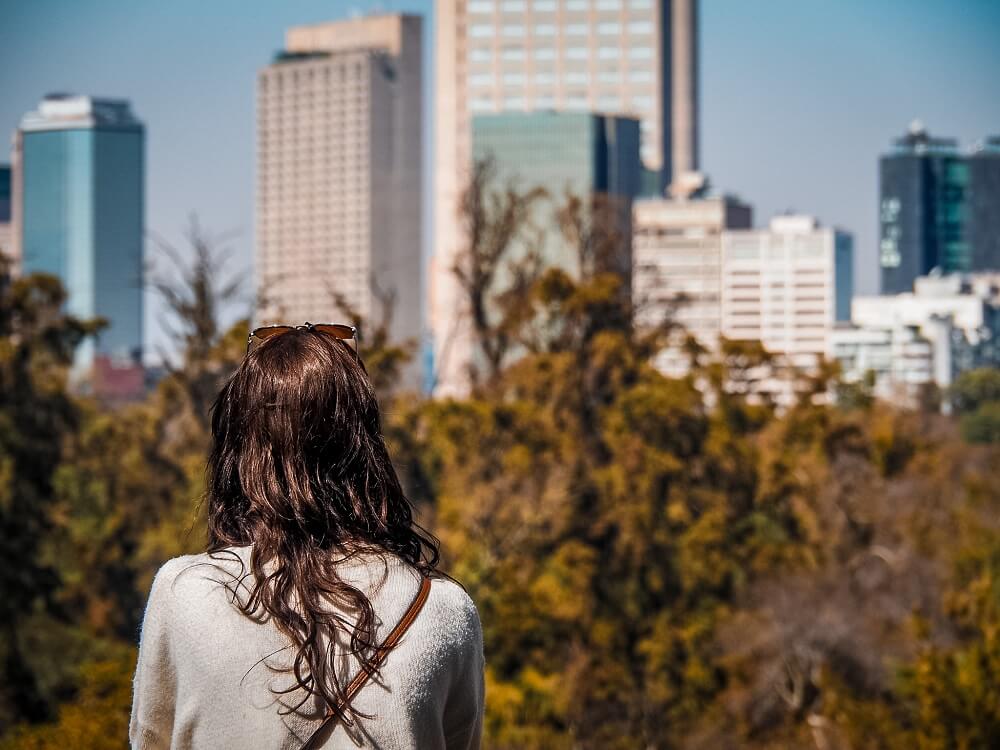
Additional Mexico City Travel Tips
Below are a list of general travel tips that can also be applicable to the entire country not just Mexico City:
- Be ready to tip everywhere! 10% is the most common amount to tip in most places. However, restaurants and cafés aren’t the only places you’ll have to tip in Mexico. Expect to give small tips to everyone helping you such as the person packing your shopping bag or a person who voluntarily helps you wave down a taxi.
- Try to have as much change on you as possible!!! Having cash is a life saver in Mexico, but having small change is just as important. You’ll use it mainly for toilets and small tips.
- If you’re in the country for longer I recommend buying a Mexican SIM Card or eSIM and loading it with data. Some restaurants and cafes or parks might have complimentary WIFI but it won’t be as common as it is in other countries. We use Holafly eSIM which offers unlimited data that can be useful for things such as following your location, organising day trips, tracking your taxi or Uber ride and more. Get 5% off by using our code ‘KITTIAROUNDTHEWORLD’.

Final Thoughts on Mexico City Travel Tips
Visiting such a huge city which sometimes gets a bad reputation can feel a bit intimidating at first. However, I hope that after reading this Mexico City travel tips post, you feel much more prepared and excited about your upcoming adventures.
Have you ever been to Mexico City before? If so, how much of the city did you manage to explore and what other advice would you add to my post? If not, would you want to visit Mexico City? Let me know in the comments below.
Now, let your adventure begin,

Our Top Travel Resources
Accommodation: For hotels we always use Booking.com and Hostelworld for hostels. We also book longer stays on Airbnb or Vrbo.
Flights: To find the best flight prices we always check Skyscanner, Google Flights or WayAway. Then we also check the airlines’ websites too for comparison.
Car Rentals: We use Discover Cars when we want to rent a car as it compares local, national and international companies.
Activities: If we book organised tours we always check either GetYourGuide or Viator.
Foreign Currency: Whenever we can we prefer to pay in local currency and for that we always use our Wise card. We can easily withdraw money from the ATM or pay by card at most shops and restaurants.
Travel Insurance: We never go anywhere without travel insurance. You never know what will happen on your trip, so good travel insurance like SafetyWing can protect you in case of injury, illness, theft and cancellations.
eSIM and VPN: To get data abroad we use Airalo which is an app that allows you to download a prepaid eSIM to your phone in over 190 countries. Make sure to have a VPN to avoid hackers accessing your personal data when using public WIFI. We use Surfshark which is the only VPN that offers one account on unlimited devices.
Remember…It all starts with a Pin…
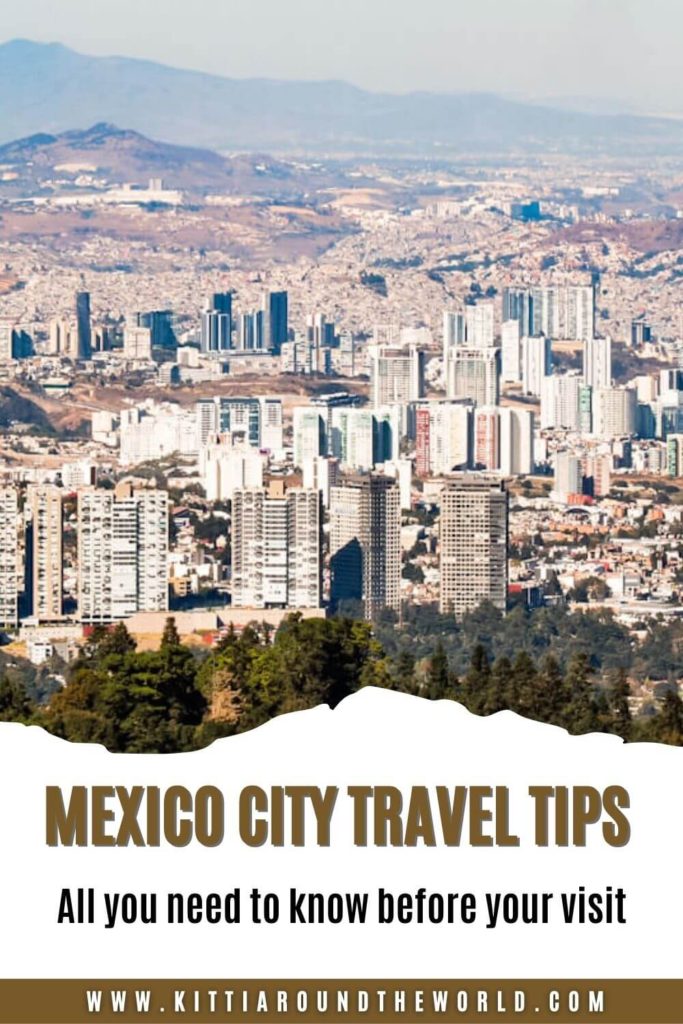
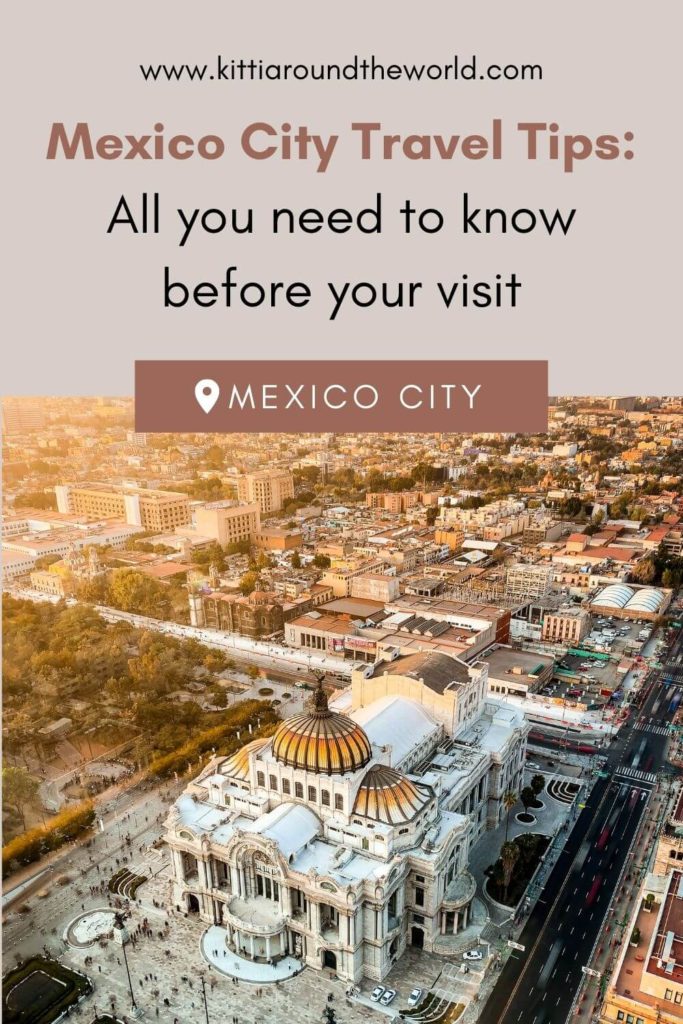

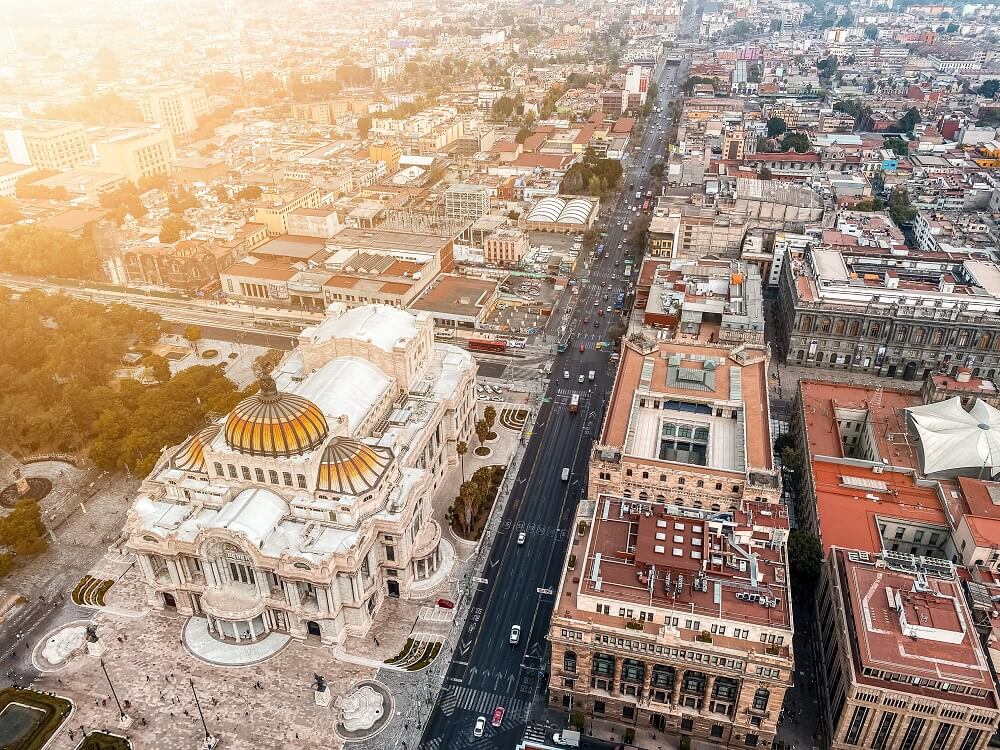
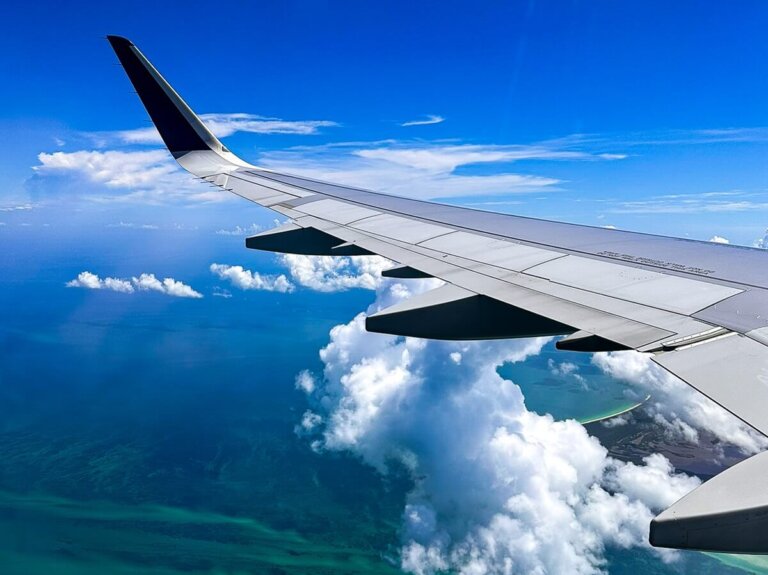
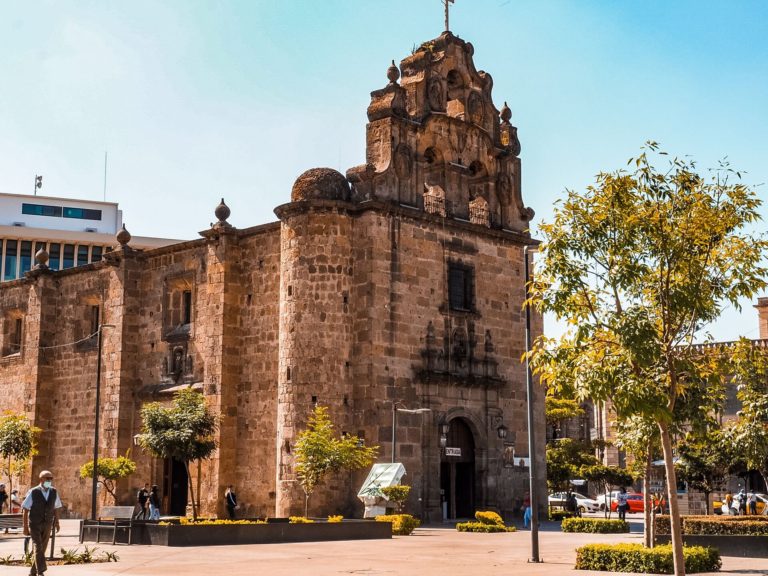
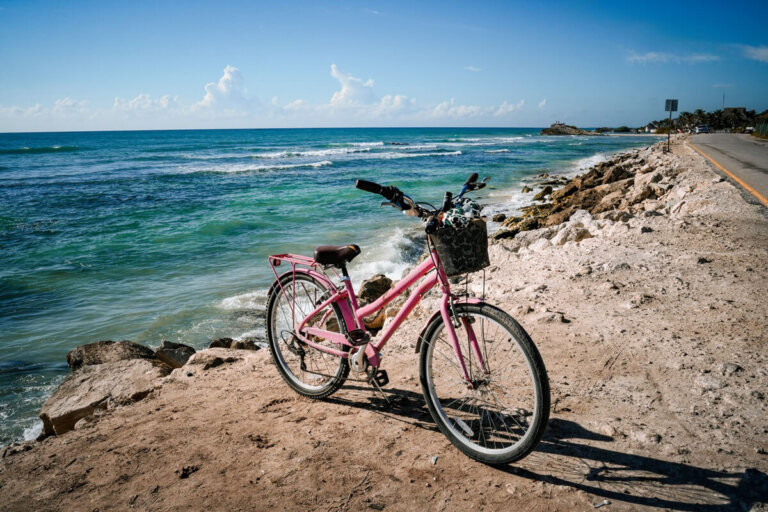

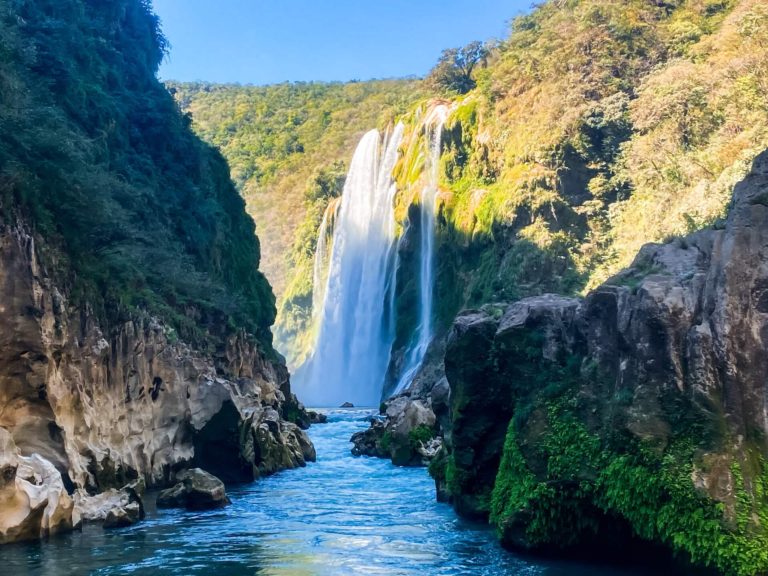
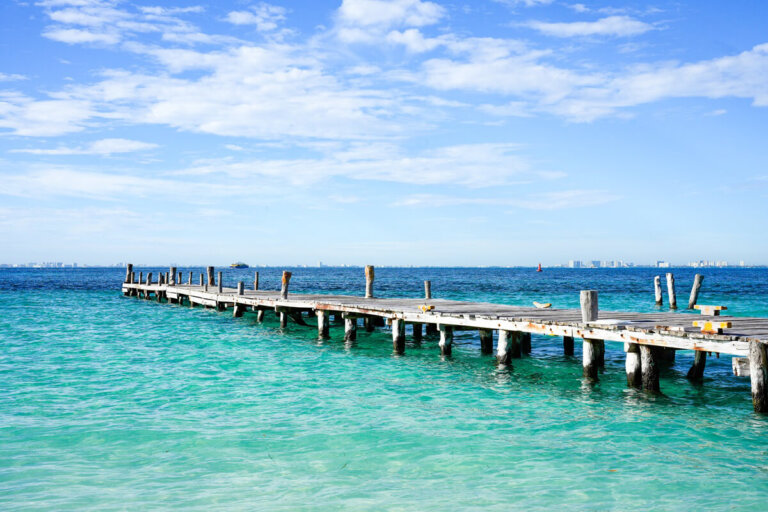
Thanks for sharing your knowledge of travelling to Mexico city! Really useful information and gives realistic guides and tips to help navigate the city and the culture! Glad you enjoyed your stay!! X
Thank you Karan, I’m glad you found my tips useful. I hope you can visit Mexico soon. X